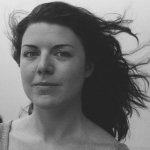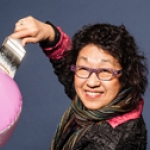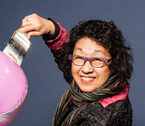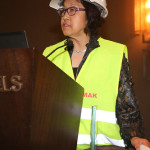
Jennifer Lieu
Take Me to Tomorrowland
Posted by Sep 05, 2014

Jennifer Lieu
 Jennifer Lieu
Jennifer Lieu
I walked away with three things upon finishing my graduate studies in Public Art and Urban Planning: a diploma and two questions. How can I help make art that is more accessible intellectually, emotionally and physically? What are alternative and sustainable income resources for artists to make a living besides selling art in galleries and trying to find work as a tenured art professor? These questions follow me to every informational interview I participate in and panel discussion I attend. I continually think about them.
These questions shaped how I was going to accomplish my goals and led to my interest in public art. I identified that I want to help artists produce artwork that people can relate to, and would be willing to see without feeling like they have to be dragged into a museum. I also want to help connect artists with alternative resources for income and skill growth. When discussing these goals with my peers and mentors, I have been encouraged to learn more about public art. Now that I am working in the field, I find that these goals continuously resonate with me and inform questions about my future in public art.
Read More




 Felipe Sanchez
Felipe Sanchez






